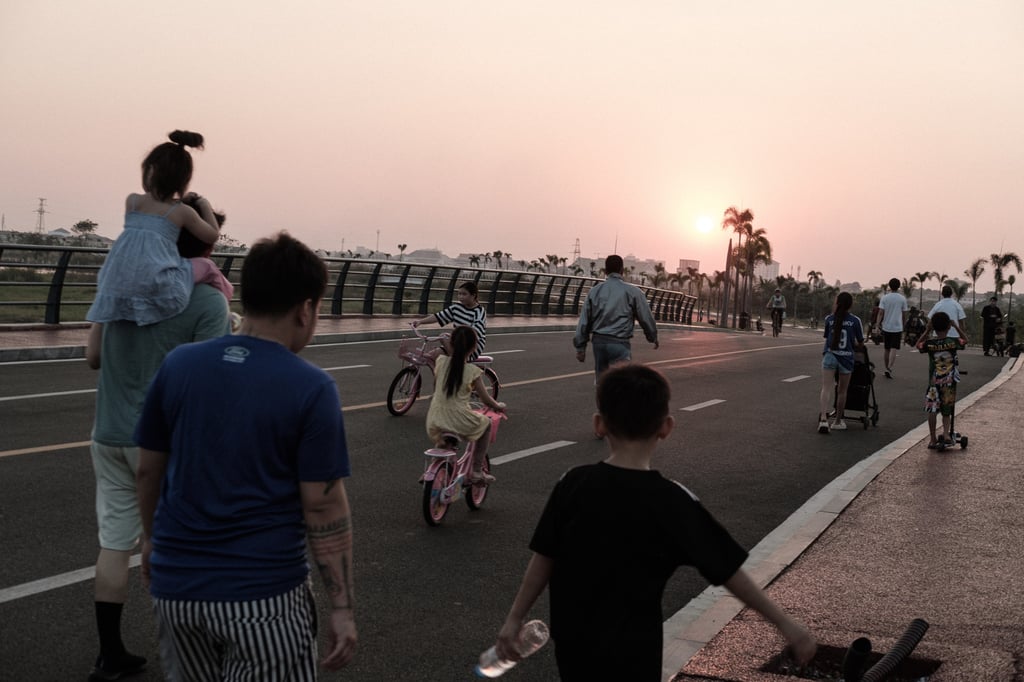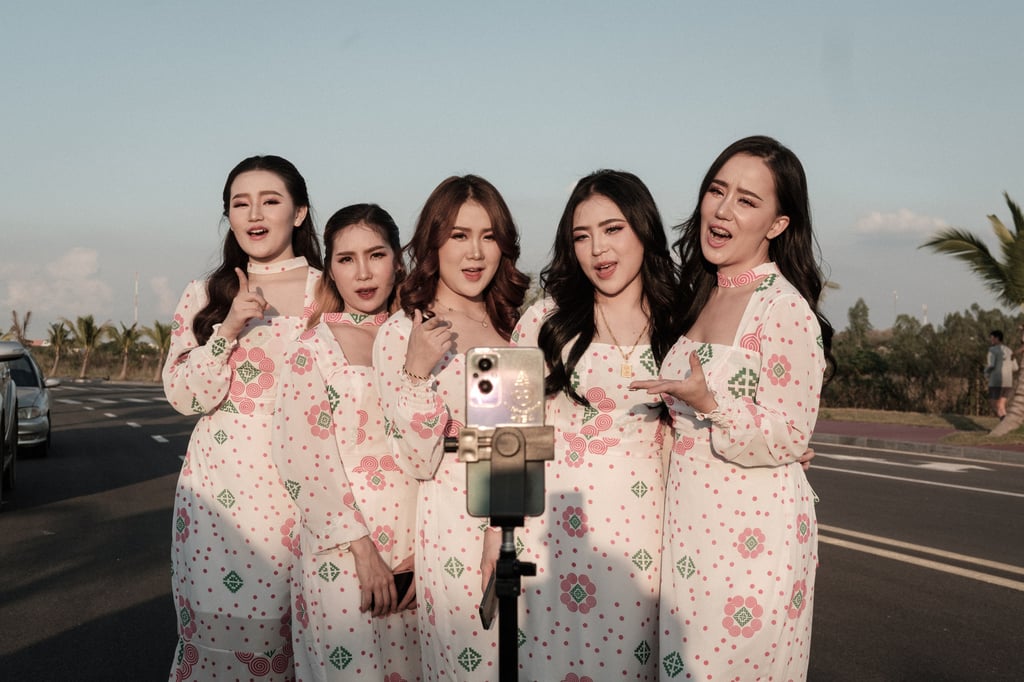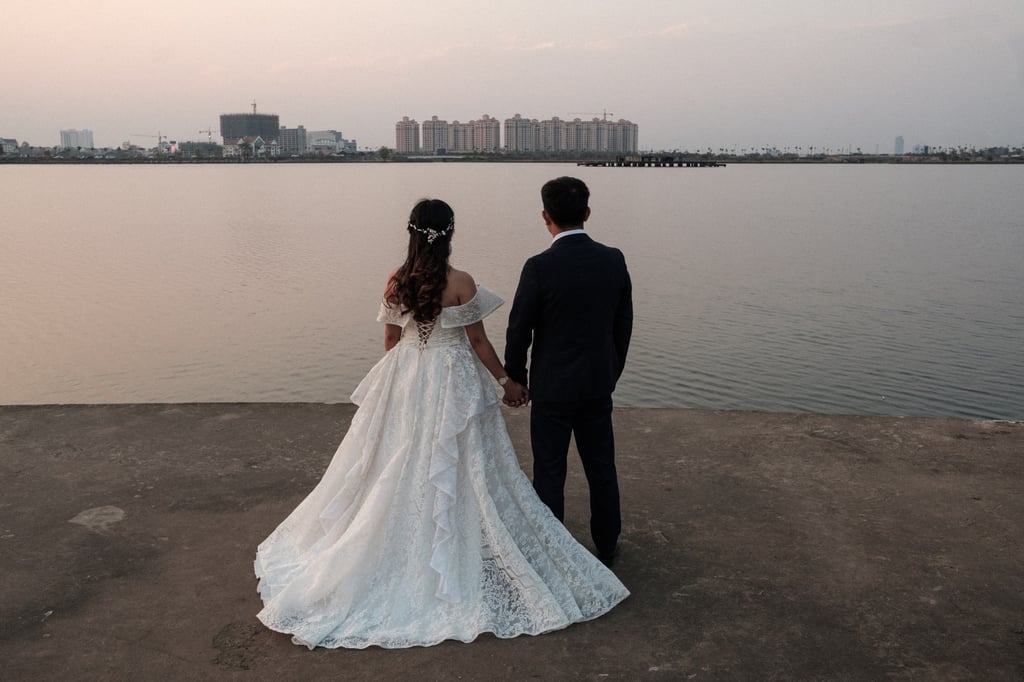Advertisement
Laos farmers cling to a way of life that’s vanishing as developer drains marsh they rely on for water
- To Vientiane’s new middle class an artificial lake is a jewel; to farmers reliant on wetlands a Chinese developer drained to create it, it’s a curse
Reading Time:3 minutes
Why you can trust SCMP

As the sun begins to set in Vientiane, herds of motorbikes, SUVs and luxury trucks approach That Luang Lake, located on the Laos capital’s periphery, constructed within the That Luang Marsh, one of the city’s last remaining wetlands.
In the past few years, the circular lake has become an important public space for a growing middle class, in a city dominated by exclusive private spaces.
Here, locals jog and exercise on the lake’s banks, influencers shoot promotional videos and young couples snatch intimate moments.
Advertisement
This beloved water feature is part of a much larger investment, the That Luang Lake Specific Economic Zone (SEZ), developed by the Shanghai-based Wanfeng Real Estate Group, which promotes the project as being part of China’s Belt and Road Initiative.



Advertisement
Select Voice
Choose your listening speed
Get through articles 2x faster
1.25x
250 WPM
Slow
Average
Fast
1.25x